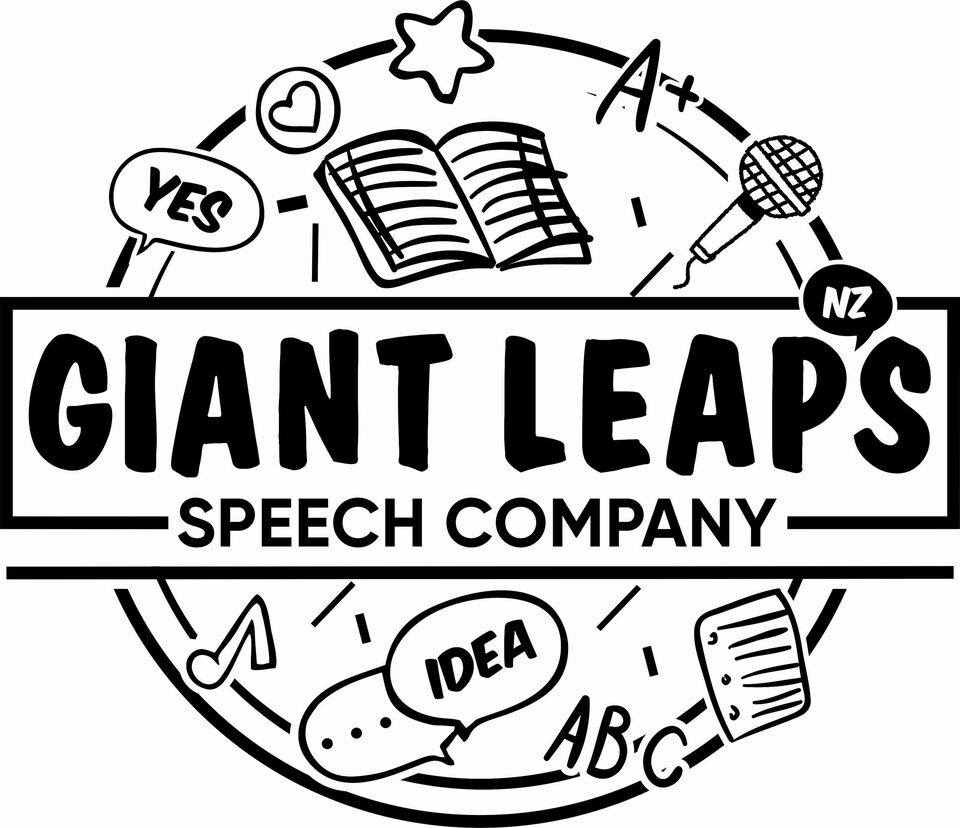WHAT IS SPEECH?
When speech therapists refer to the term speech we are referring to three things: articulation/phonological skills, speech fluency and voice. We are looking at a child’s ability to:
- Physically produce the individual sounds and sound patterns of his/her language (Articulation).
- Produce speech with appropriate rhythm, and free of Stuttering behaviour.
- Produce speech with an appropriate vocal quality for his/her age and sex.
WHAT IS LANGUAGE?
While speech involves the physical motor ability to talk, language is a symbolic, rule governed system used to convey a message. In English, the symbols can be words, either spoken or written. We also have gestural symbols, like shrugging our shoulders to indicate “I don’t know” or waving to indicate “Bye Bye” or the raising of our eye brows to indicate that we are surprised by something.
I like how ASHA, the American Speech Language Hearing Association, defines language: Language is made up of socially shared rules that include the following:
- What words mean (e.g., “star” can refer to a bright object in the night sky or a celebrity)
- How to make new words (e.g., friend, friendly, unfriendly)
- How to put words together (e.g., “Peg walked to the new store” rather than “Peg walk store new”)
- What word combinations are best in what situations (“Would you mind moving your foot?” could quickly change to “Get off my foot, please!” if the first request did not produce results)
YOU CAN HAVE LANGUAGE WITHOUT SPEECH
Though speech and language are related, you do not have to have speech to have a language. How? The best example of this is the use of Sign Language. New Zealand Language, is its own language. You can completely communicate in NZSL without ever speaking a word. This is a language that does not use speech.
WHAT IS COMMUNICATION?
Communication, then, is the process of conveying a message or meaning to establish a shared understanding to others. You don’t need speech or a shared language to communicate. How? Let’s say you decide on a trip to Rome, but you don’t speak one word of Italian. You get off your plane, and you want to pick up your rental car, but you can’t read any of the signs. You find a local, but he doesn’t speak English. What can you do to communicate to this person that you want to know where the rental cars are? There are a couple ways. One, you could use your hands and gestures as if you are driving a car. Another way, could be to draw a picture of a car. This could help the local Roman help you find your way to the rental cars.
So in my example above, you are communicating without using speech or a shared language (i.e. English or Italian). You are using gestures or pictures to communicate!
COMMUNICATION IS ALWAYS THE FIRST GOAL
When I am working with a young child who has significant speech and language impairments, communication is the first goal. By this, I mean that sometimes a child’s ability to communicate with speech and/or language is so impaired, that we need to bypass those methods and use an alternative or augmentative communication (AAC) system to get the child communicating as soon as possible. This could be using signs, pictures, or an electronic device to give the child the ability to communicate his or her wants and needs. Then once the child is communicating, we can focus on trying to improve his/her speech skills so that he/she can use speech to communicate his/her wants and needs.
A FINAL NOTE....
If you are concerned about any aspect of your child’s speech and language development, talk to a Speech Therapist or CONTACT US today! DON’T WAIT! We know that early assessment and intervention is the best approach to ensuring your child reaches their communication potential – whatever that may be! www.giantleaps.nz
Published by - Anna Keno, Speech and Language Therapist (BSLT, MNZSTA, ASB, ATCL, Reg.EPCNZ) GIANT LEAPS Speech Company


